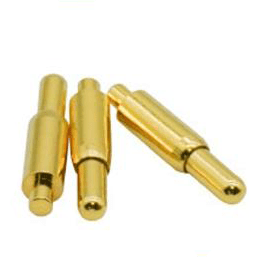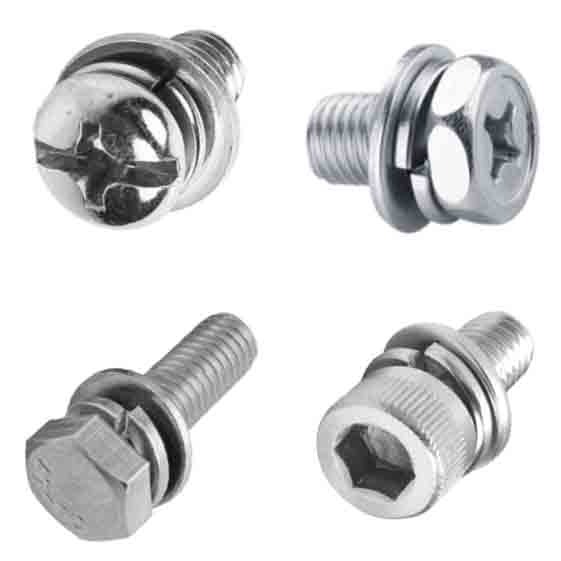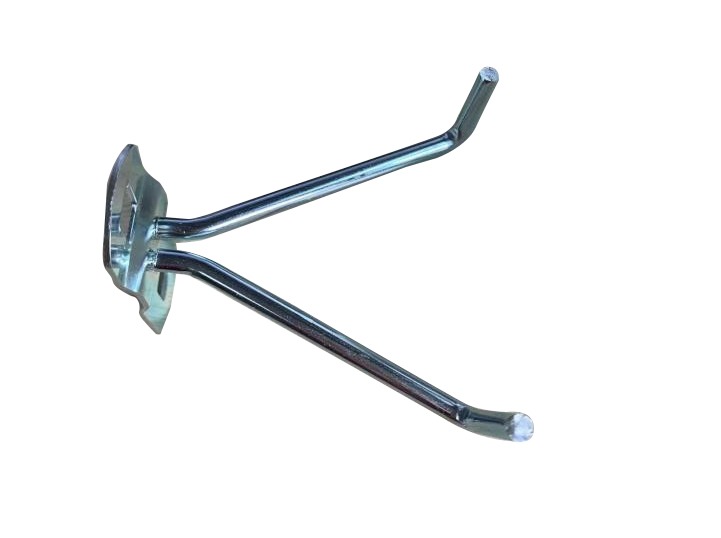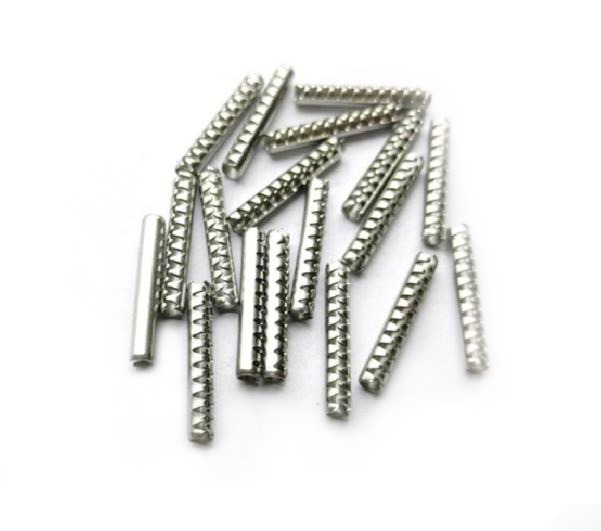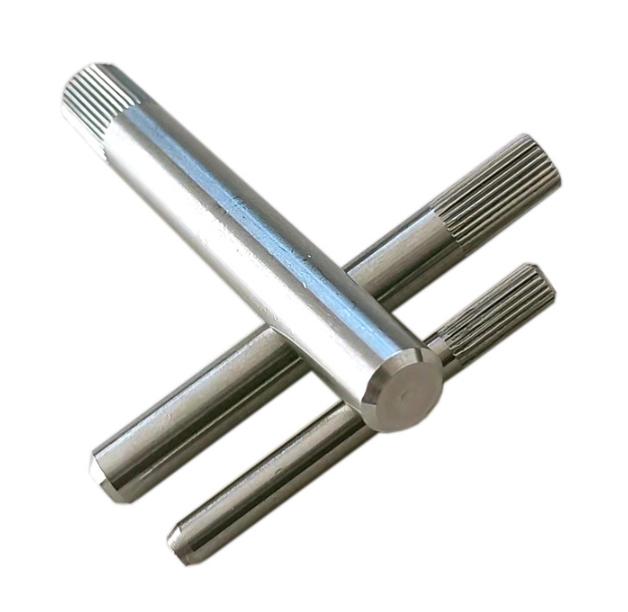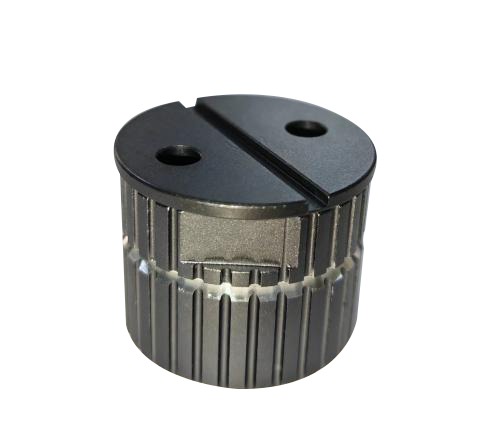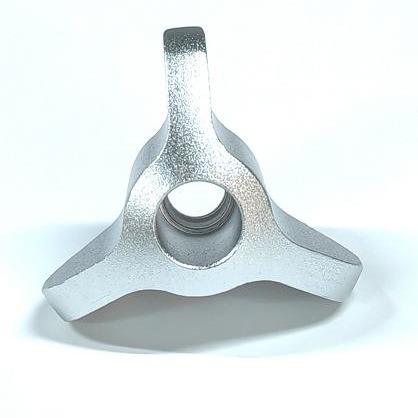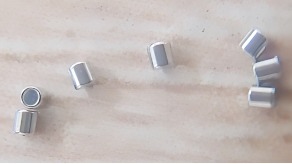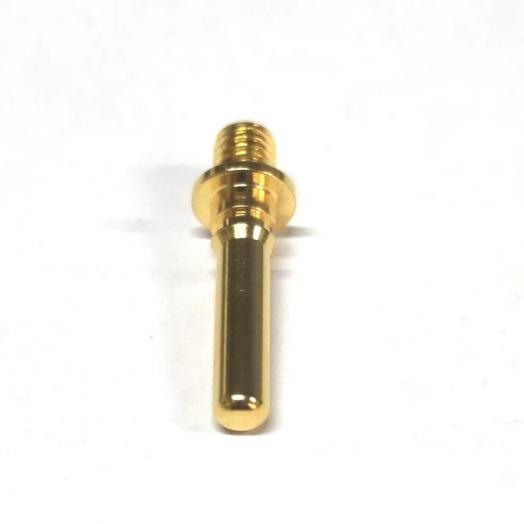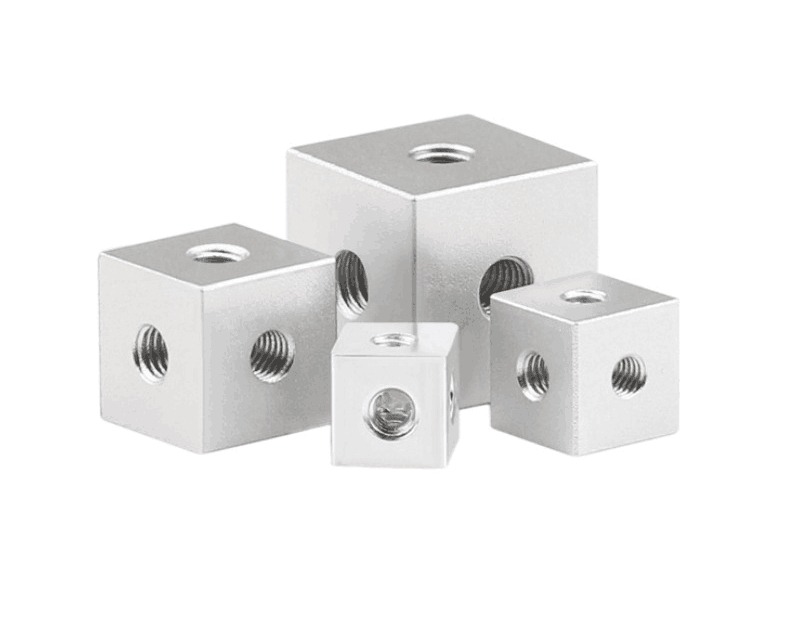What Are CNC Marine Parts: Common Types, Advantages And Materials
CNC (Computer Numerical Control) marine parts are components used in the manufacturing of marine vessels, including boats, ships, and other watercraft. These parts are typically processed using CNC machining that follows pre-programmed instructions to create the desired shapes and dimensions.
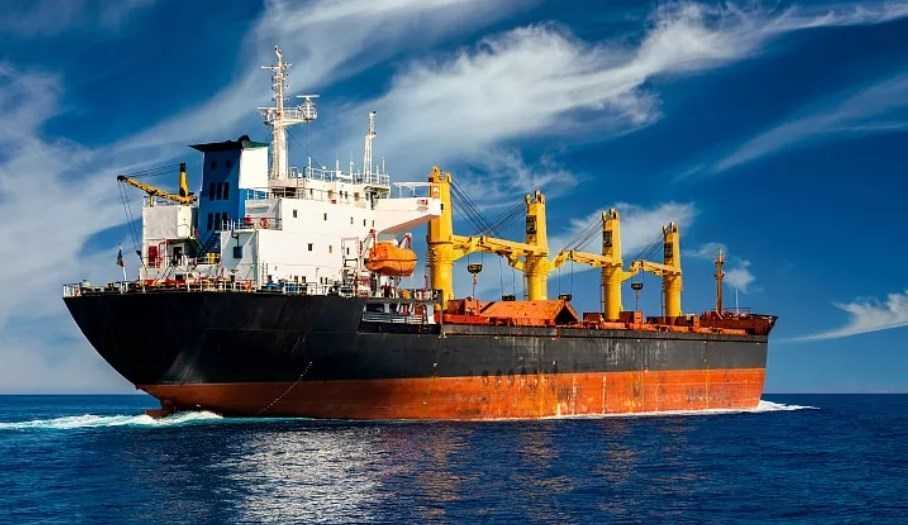
What are the common types of CNC Marine Parts
Some examples of CNC Marine parts include:
- Propellers
These are the rotating blades that drive a boat forward. CNC machining is used to create precise, custom propellers that are optimized for the vessel’s size and intended use.
- Hulls
The hull is the main body of a boat or ship. CNC machining can be used to create complex curves and shapes that optimize hydrodynamics and improve the vessel’s performance.
- Deck fittings
Deck fittings are various components that are attached to the deck of a boat, such as cleats, hatches, and bollards. CNC machining is used to create precise, durable fittings that can withstand the harsh marine environment.
- Rudder assemblies
The rudder is a component used to steer a boat or ship. CNC machining is used to create the rudder blade and other components that make up the rudder assembly.
- Engine components
Many marine vessels are powered by internal combustion engines. CNC machining is used to create various engine components, such as cylinder heads, pistons, and crankshafts, that are optimized for the marine environment.
Overall, CNC Marine parts are essential for the manufacturing of high-quality marine vessels that are safe, efficient, and reliable. So compared with traditional produce method, what are the advantages of using CNC machining to produce marine parts?
What are the advantages of CNC Marine Parts
- Precision and Accuracy
CNC machines can produce CNC Marine parts to very precise specifications, ensuring that the parts fit together perfectly and perform as intended. This precision and accuracy can improve the overall performance of the vessel and reduce the risk of equipment failure.
- Durability and Reliability
CNC Marine parts are typically made from high-strength materials, such as stainless steel and aluminum alloys, which can withstand the harsh marine environment and reduce the risk of equipment failure. These parts are also manufactured with strict quality control processes, ensuring that they are reliable and long-lasting.
- Efficiency and Performance
CNC Marine parts can be optimized for specific applications, improving the efficiency and performance of the vessel. For example, propellers and rudder assemblies can be designed and manufactured using CNC machines to ensure optimal performance, reducing fuel consumption and improving overall vessel efficiency.
- Safety
CNC Marine parts can also contribute to the safety of the vessel and its crew. For example, rudder assemblies and steering systems that are manufactured with CNC machines are less likely to fail, reducing the risk of accidents and improving the safety of the vessel.
Overall, CNC Marine parts are critical components of a marine vessel that contribute to its overall performance, reliability, and safety. By using high-strength materials, manufacturing with precision and accuracy, and optimizing for specific applications, CNC Marine parts can improve vessel efficiency, reduce the risk of equipment failure, and enhance the safety of the vessel and its crew. Then do you know the common materials used in CNC Marine parts?
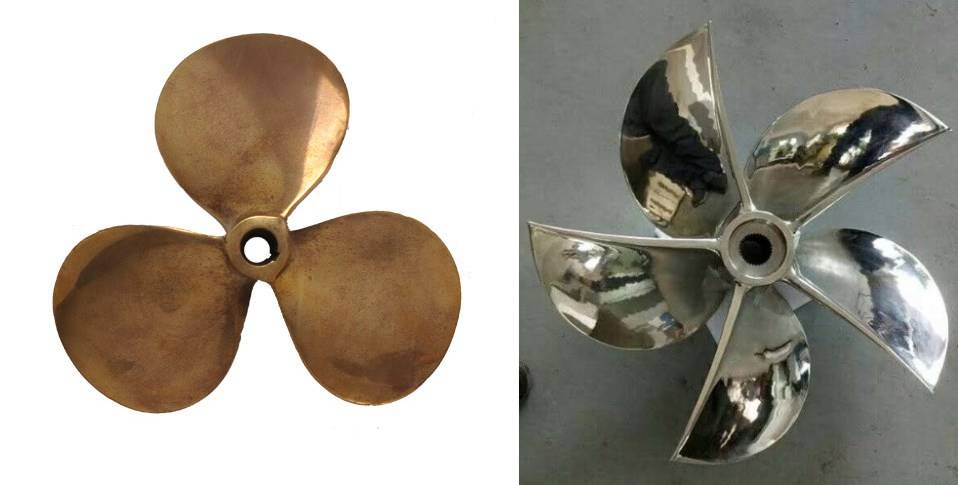
What materials are commonly used to make CNC Marine Parts
CNC Marine parts can be made from a variety of materials, depending on the specific application and performance requirements. Some common materials used for CNC Marine parts include:
- Stainless Steel
Stainless steel is a popular material for CNC Marine parts due to its corrosion resistance, durability, and strength. It is commonly used for propellers, shafts, and other critical components.
- Aluminum Alloys
Aluminum alloys are lightweight and have good corrosion resistance, making them a popular choice for CNC Marine parts such as hulls, superstructures, and other non-critical components.
- Bronze
Bronze is a strong, corrosion-resistant material that is commonly used for propellers, rudder assemblies, and other marine components that require high strength and durability.
- High-Density Plastics
High-density plastics, such as polyethylene and polypropylene, are lightweight, corrosion-resistant, and have good impact resistance. They are commonly used for non-critical components such as piping, fittings, and cable insulation.
- Titanium
Titanium is a strong, lightweight material that has excellent corrosion resistance, making it a good choice for marine components that require high strength and durability, such as propeller shafts and fasteners.
- Carbon Fiber
Carbon fiber is a lightweight, high-strength material that is commonly used for marine components such as hulls and masts, where weight reduction is critical for improving vessel performance.
The specific material chosen for a CNC Marine part will depend on several factors, such as the part’s function, the operating environment, and the performance requirements. For more detailed production information please feel free to contact us. KENENG is your best choice in CNC machining.

